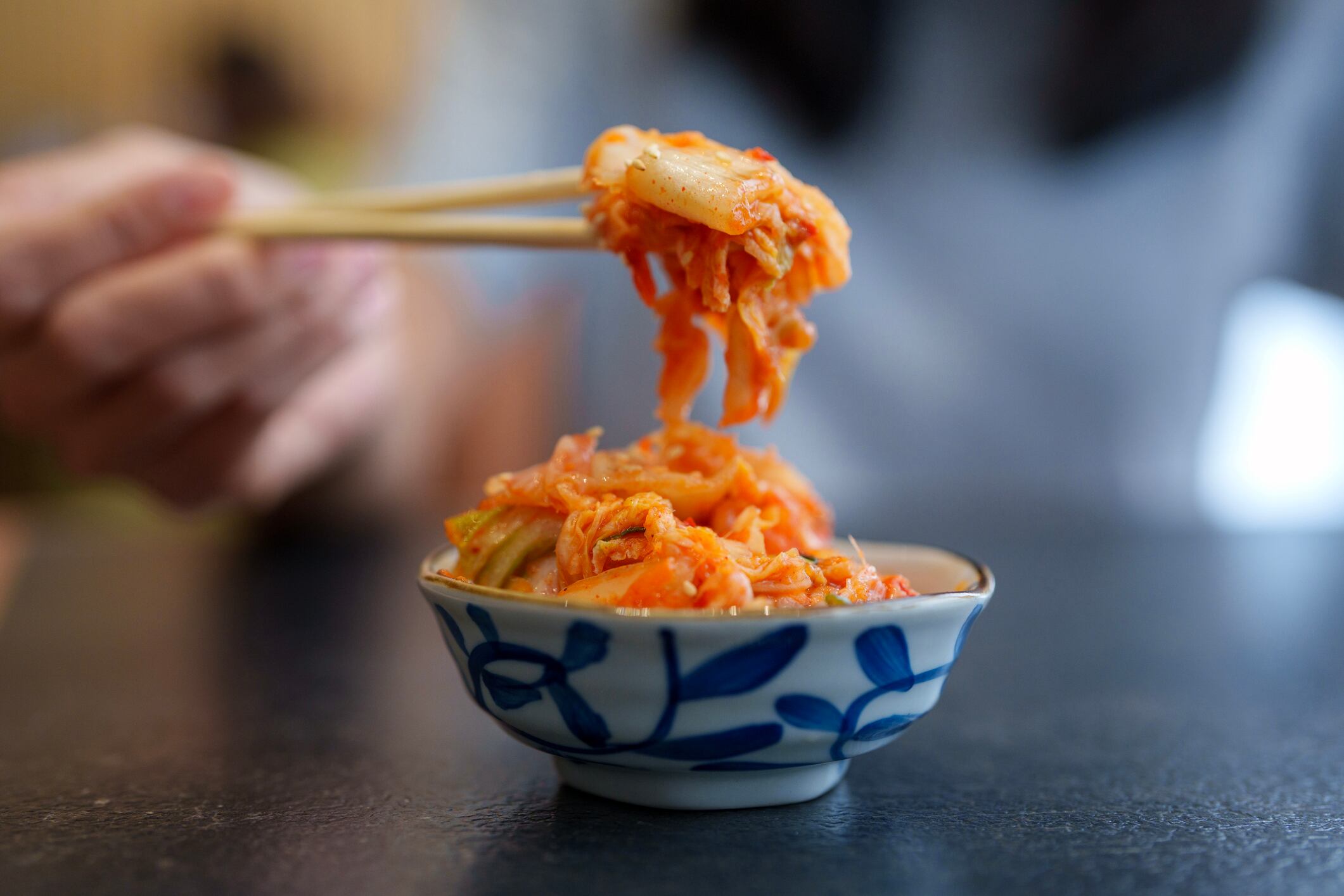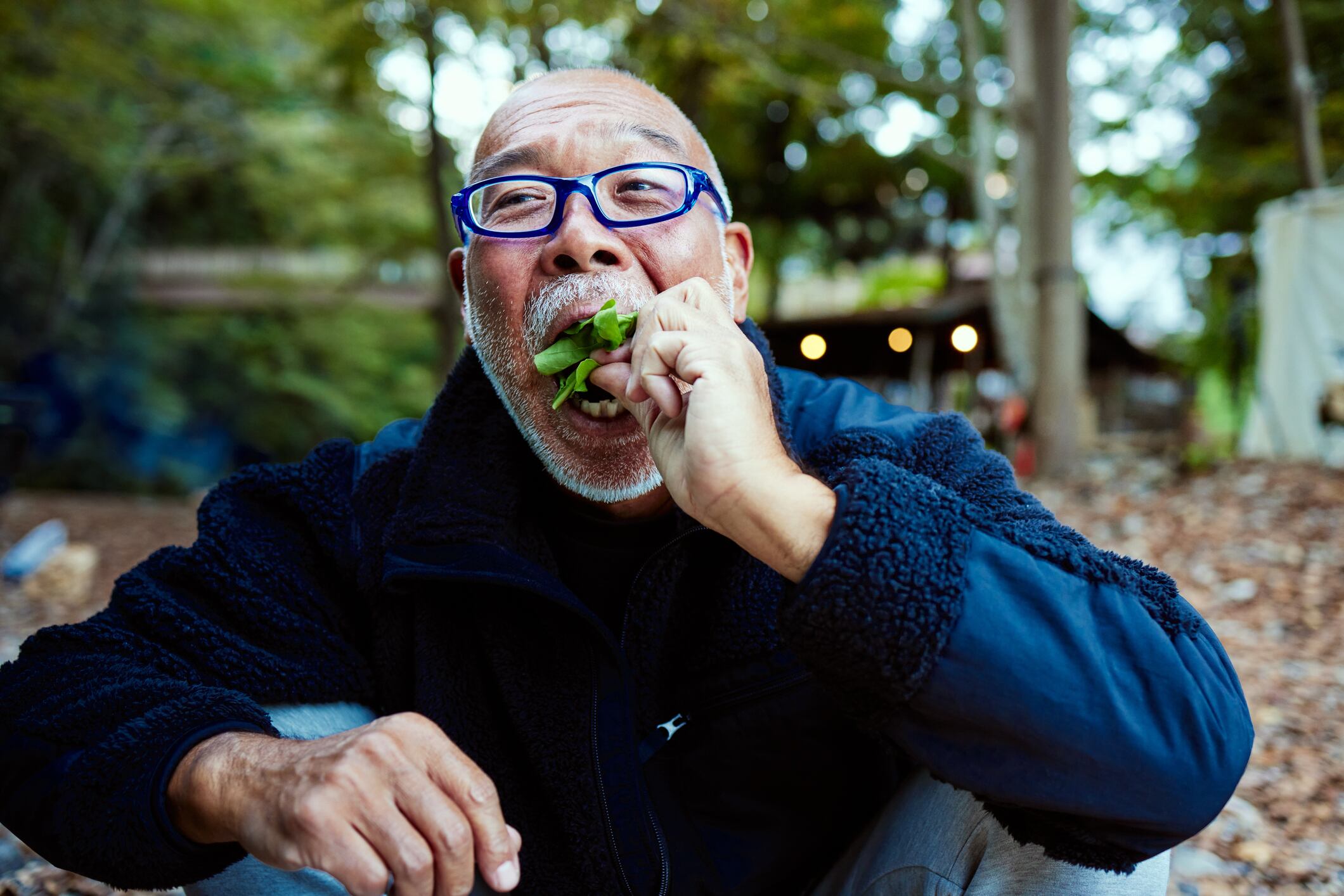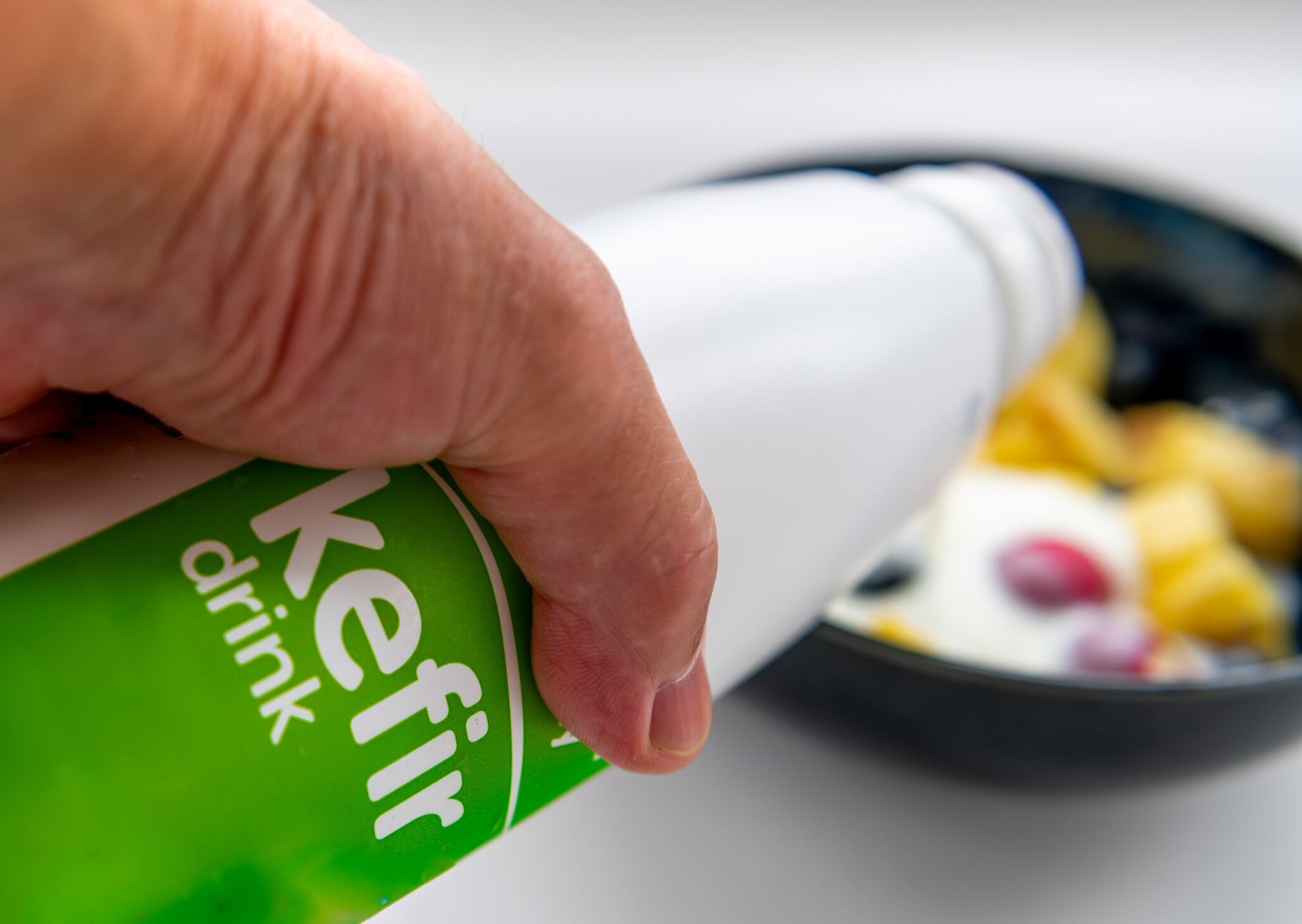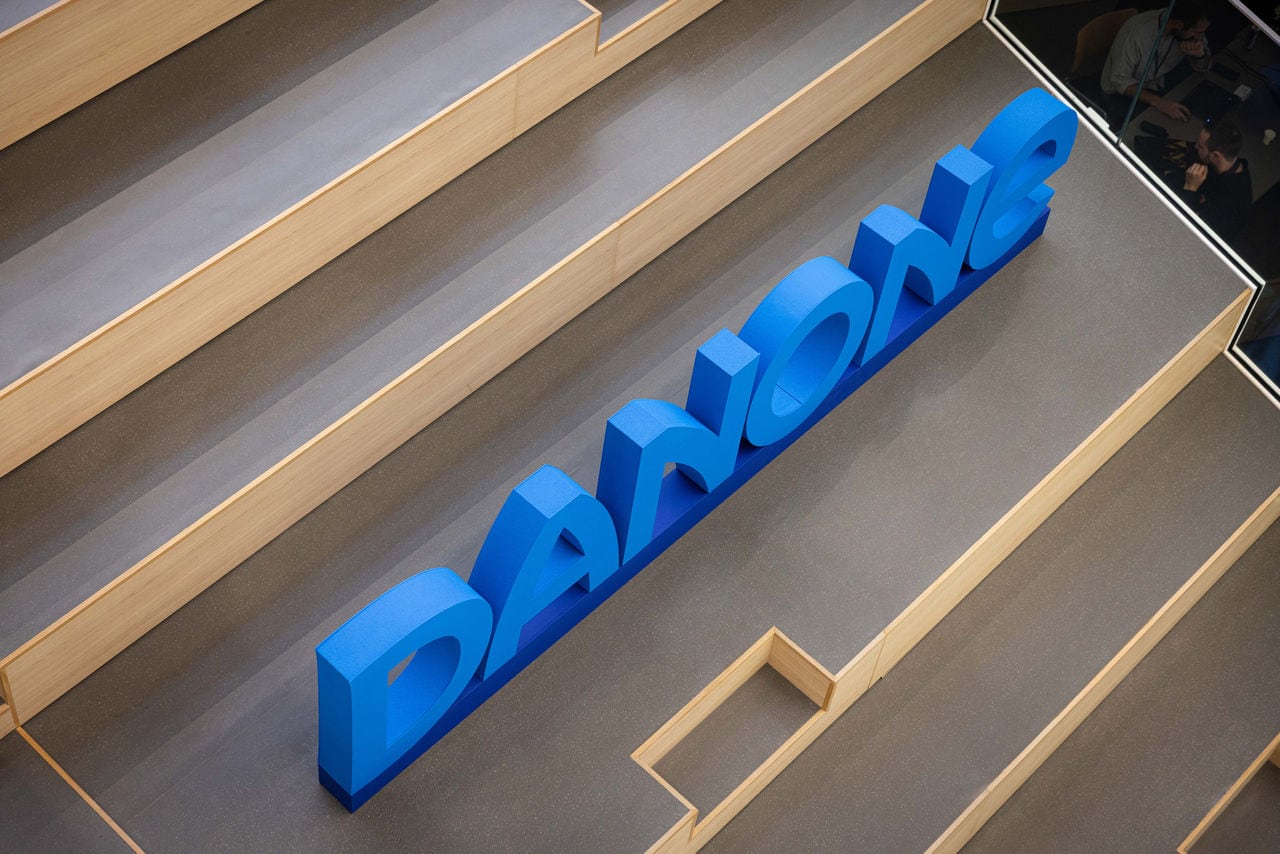How is Danone advancing microbiome science and healthy ageing? Summary
- Danone began gut microbiota research over 100 years ago with yoghurt
- Company draws inspiration from Asian fermentation traditions and gut health
- Lassel links food-as-medicine to ancient east and west cultures
- Akkermansia found in centenarians supports Danone’s healthy ageing focus
- Early trials show improved vitality from microbiome-boosting interventions
“We didn’t wake up suddenly and say: Let’s do something about the microbiome,” Taous Lassel tells me on a fleeting visit to Europe from her adopted home of China.
And of course, she’s right. Danone instigated research into the gut microbiota more than 100 years ago, when it developed its first yoghurt. “There’s a continuity there,” says the VP of research and innovation, who oversees China, North Asia and Oceania.
And while modern science is steering advancements in microbiome health, the Paris-headquartered dairy company is also increasingly seeking inspiration beyond its labs – in cultures closer to Lassel’s home address.
An east-meets-west approach to gut health, if you will. Here’s how.
Fermentation: ancient techniques for modern-day science
One needn’t look far in Asia to find fermented food. Whether it’s tofu or soy sauce in Japan, tempeh in Indonesia, or kimchi in Korea, for centuries people in Asia have been supporting their health – including their microbiome – with fermented foods.
To that end, Asia has a slight head start. Danone has been making yoghurt for just over 100 years, and evidence suggests Asian cultures have been fermenting foods for just over 9,000.

“There’s a richness to these traditions everywhere,” says Lassel, revealing she’s fascinated by the creativity of these cultures.
Long before modern-day science, food was used as medicine – a trend we’re only seeing being revived in western cultures today. “Long before we had incredible scientific tools to sequence DNA at high speed, people learned through observation,” says Lassel.
And not just in Asia, Europe is also famed for its history of fermenting, whether it’s pickles, cabbage (sauerkraut) or dairy (yoghurt, cheese and kefir).
“They realised certain foods made them feel better, and they adapted.”
Danone sees opportunity for that “curiosity and ingenuity” to continue today. The challenge is in engaging consumers, while building consensus with clinicians and academia. But that’s a non-negotiable. “Science becomes stronger when it’s shared and challenged – research doesn’t belong to one person. It belongs to many."
Healthy ageing: do centenarians have the answers?
Healthy ageing is another priority area for Danone, having recently acquired Akkermansia Company – a business making a next-generation biotic, thought to promote healthy ageing.
Akkermansia levels have been found to be notably higher in healthy centenarians, compared to the general elderly population. And where are most of the world’s centenarians based? Asia – and more specifically, Japan and China.

“We’ve studied the gut microbiome of centenarians,” explains Lassel, including one aged 117 years. The subject provided samples, and when comparing their gut microbiome to others, Danone discovered the presence of several kinds of bacteria, including bifidus (commonly found in yoghurt), in patterns much more typical of young people.
“It gives us hope that by understanding what people eat, how they live, and what we might be able to add nutritionally, we can meaningfully support healthy ageing.”
Linking gut diversity to feelings of vitality
Danone is already boosting gut health to support healthy ageing. And the best part? Nutritional interventions can take very little time to act – sometimes as little as a few weeks.

A recent early experiment in China backs this up: Danone launched a product containing prebiotics and probiotics for people aged 50 years and over.
Compared to a control group, participants had greater microbiome diversity, which the company expected. The big surprise came in how people felt, explains Lassel. “They had more vitality, more energy. It seemed to help them ‘re-synchronise’ themselves.
“It’s very early, so we can’t draw big conclusions yet, but it shows how much more can be achieved that we don’t fully understand.”





